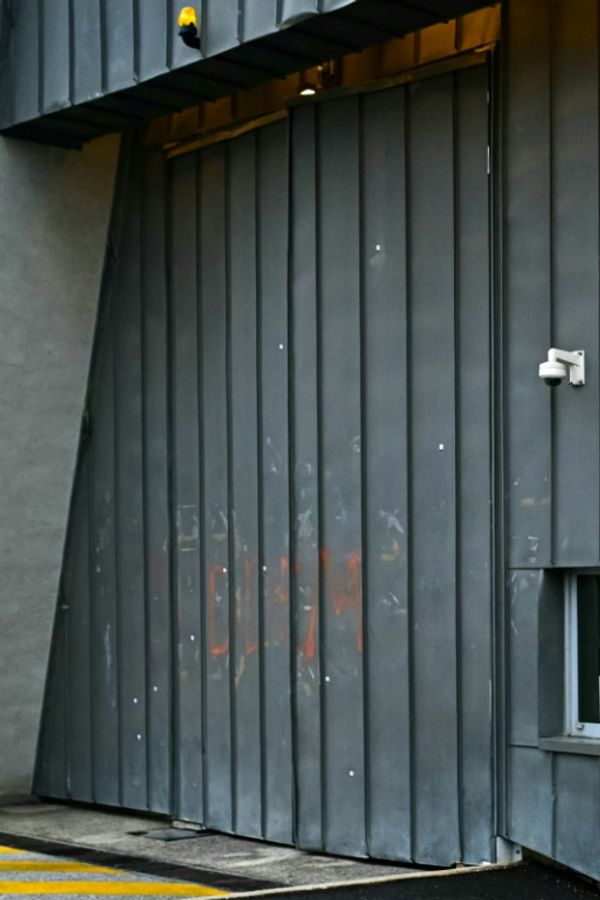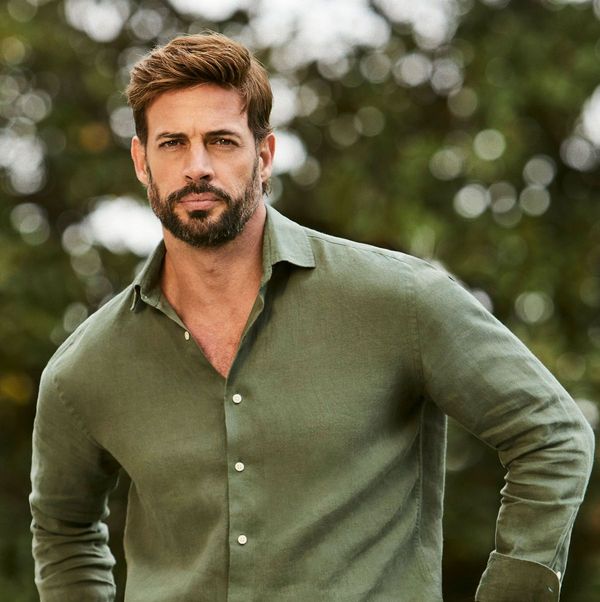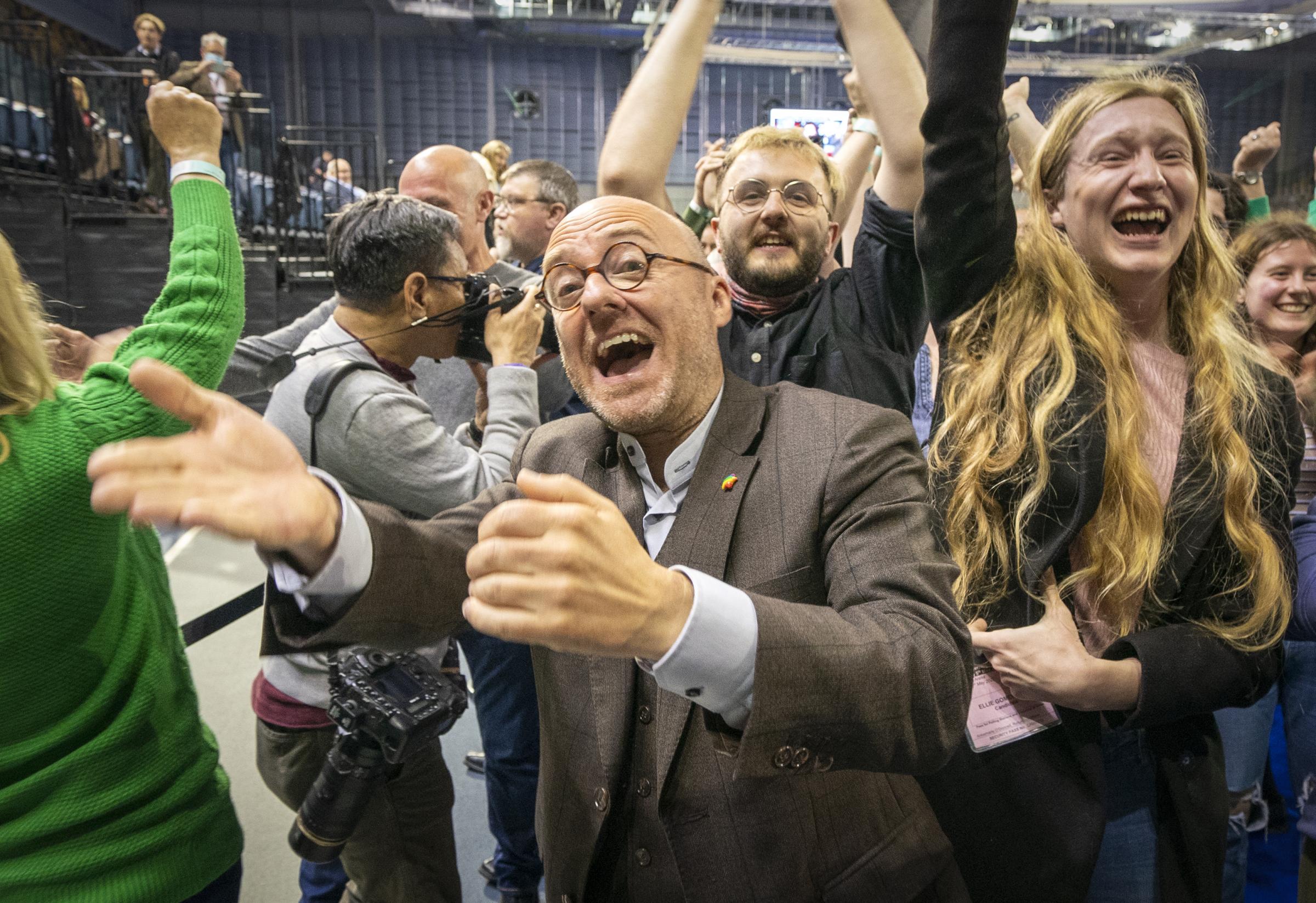
THE Scottish Greens achieved something at the recent council elections that the Unionist parties could not – they took votes from the SNP.
The party had its most successful local elections in Scotland ever, returning 35 councillors (up sixteen on their 2017 result) including in councils where no-one really expected them to.
The party returned significant groups of 10 councillors in both Edinburgh and Glasgow, and won its first representatives in North Lanarkshire, South Lanarkshire, Clackmannanshire, and the Borders councils, to name a few.
“I think that this is the election where you can see that we are a truly national party,” Guy Ingerson, a Greens candidate for Aberdeen City, said. “The party is in rude health and there is a lot to be optimistic about.”
However, it is not all good news. Ingerson narrowly failed to win a seat on Aberdeen Council, and he had been the party’s best bet. The Greens lost out to the LibDems in George Street and Harbour by around 50 votes, despite getting more first preferences than them or the Tories in the ward.
The Greens actually went backwards in Aberdeenshire, losing their one councillor in the region.
Why did the party fail to replicate the success they saw across Scotland, especially in its largest cities, in the northeast?
“The simple answer is that they started from a much lower base,” Professor John Curtice (below), president of the British Polling Council, said.
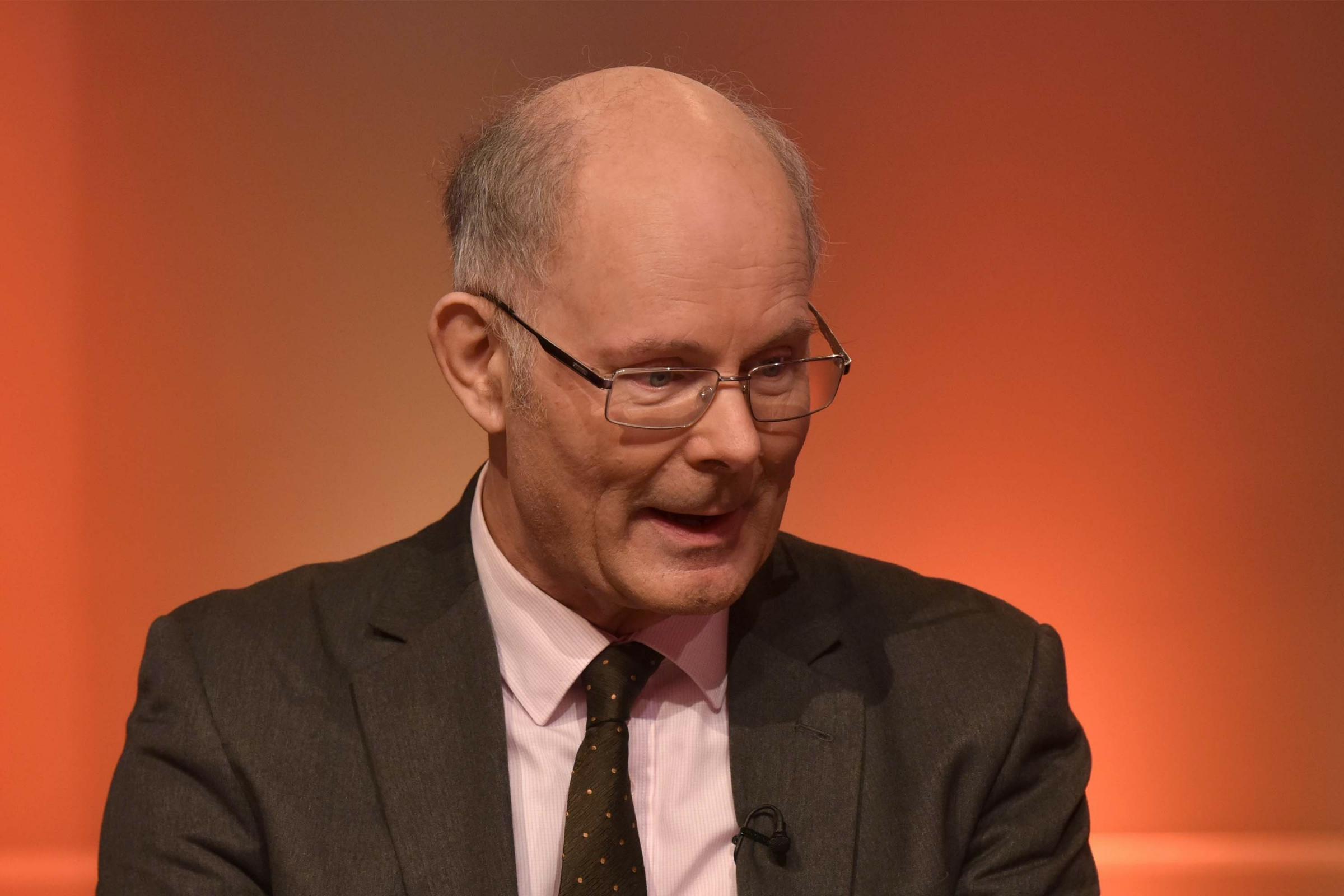
“Glasgow is the one place they definitely did best, vote share up 5%,” he went on.
“Why? It looks like, pretty much, they took votes off the SNP. The SNP are down five points, the Greens are up five points.
“More generally, across Scotland as a whole, where the Greens do best it’s the SNP who tend to suffer.”
Curtice said that the SNP and Greens were fighting for a core Yes vote that was closed to the three main Unionist parties, who had their own core vote to fight over.
The Scottish Election Study published earlier this week found that nearly nine in 10 people cast their votes in the local elections according to their views on independence.
“The other crucial conclusion is that the Greens going into government with the SNP has certainly not done the Greens any harm,” Curtice said.
“SNP votes are transferring quite substantially to the Greens, probably even more so than they did in 2017.”
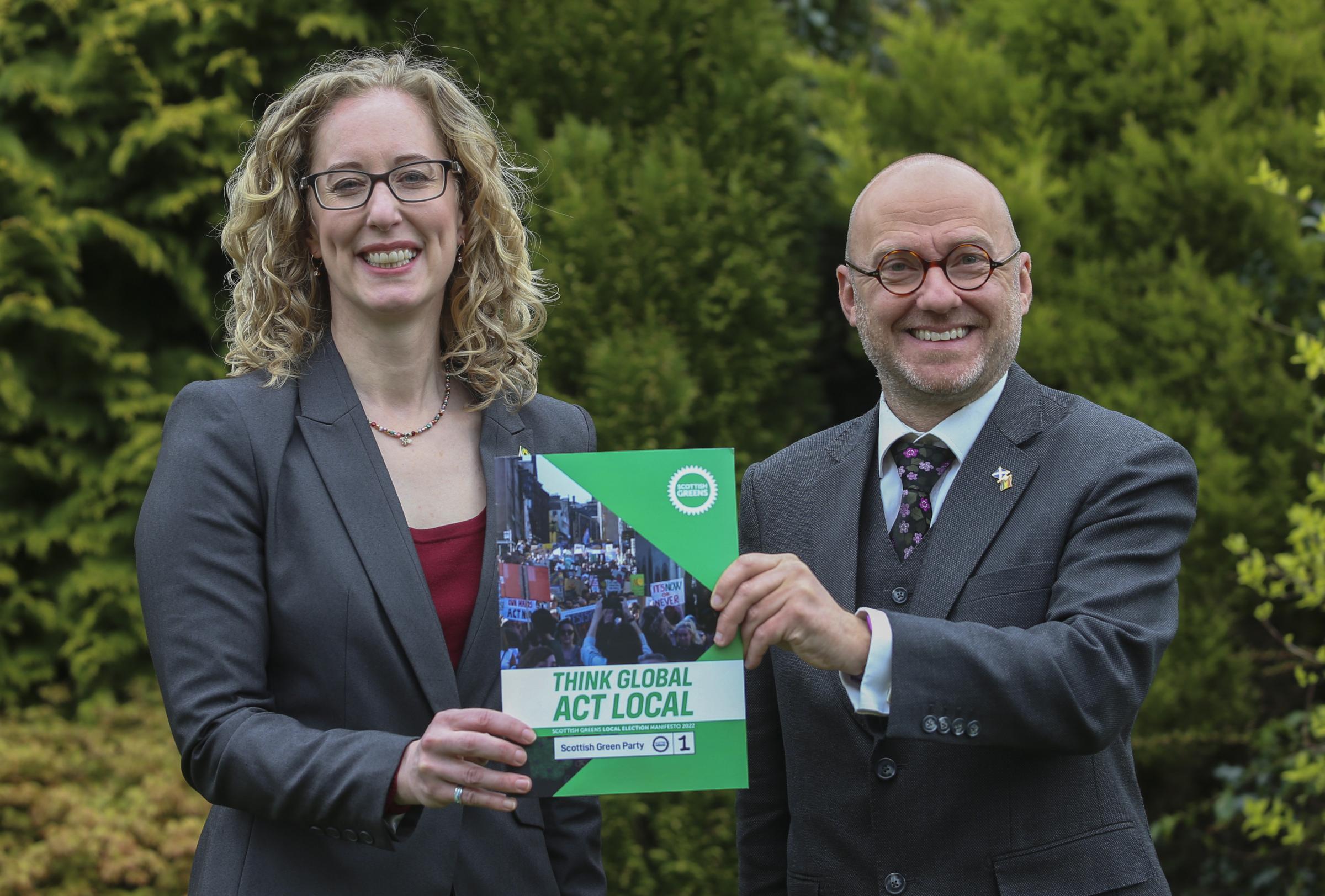
The co-operation agreement struck between the Greens and the SNP saw both of their co-leaders – Patrick Harvie and Lorna Slater (above) – become ministers in the Scottish Government. That has helped the party improve its perceptions among the public, activists believe.
“We have come out of obscurity,” Bryan Quinn, the first Green ever elected to Clackmannanshire Council, says. “On the doors a lot of people were impressed with what we’re doing nationally.”
Holly Bruce, the Green councillor in Glasgow who made headlines after beating SNP council leader Susan Aitken in her own ward, agrees that the party’s actions nationally have helped locally.
“Certainly the co-operation agreement has played its part in making us seem like a viable party,” she says.
“People perceived the Greens as this ideological, blue-sky-thinking party, but our ideas are becoming mainstream.
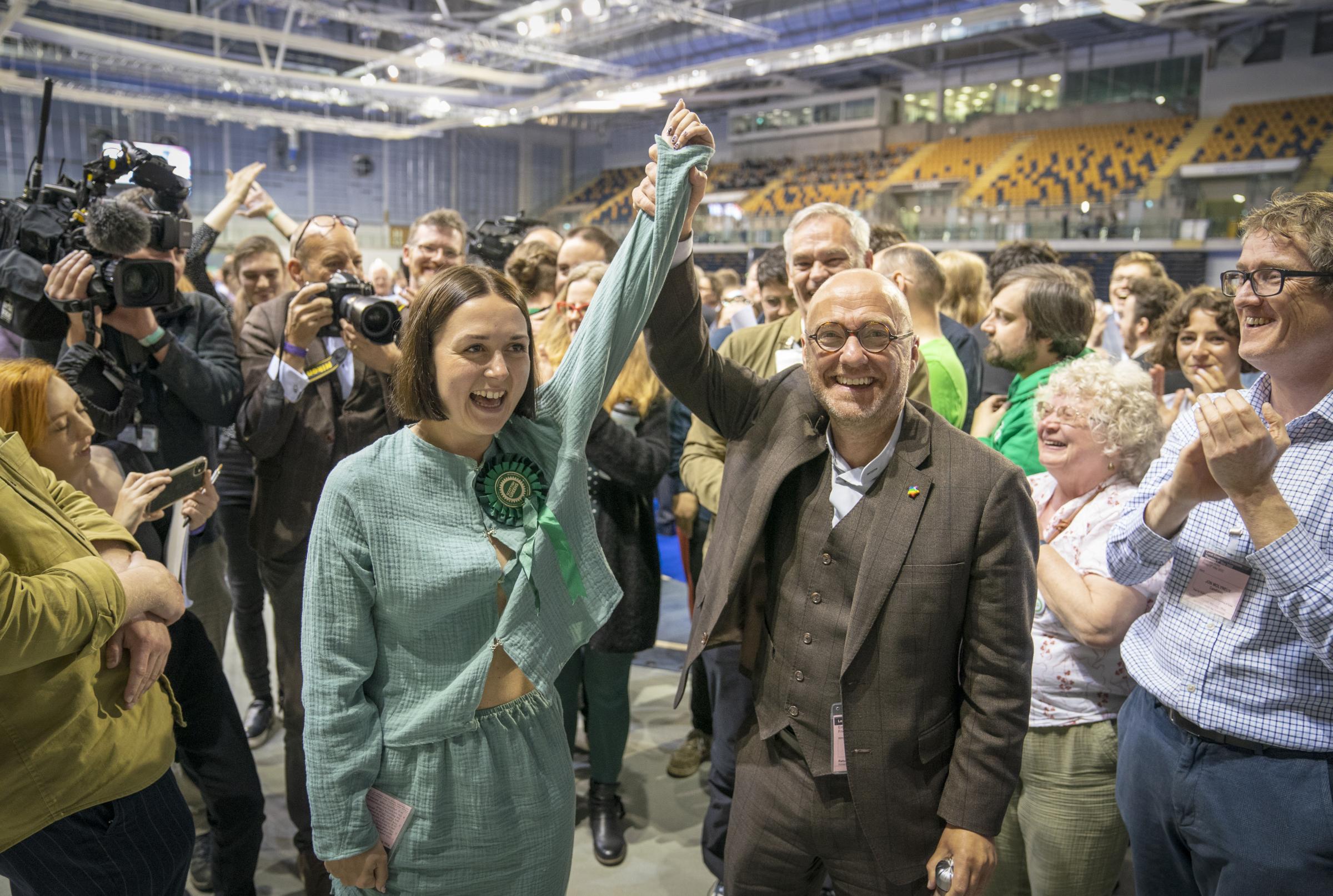
“The votes speak for themselves. We came in first in four wards [in Glasgow], and this is just the start.”
However, Bruce (above) and Quinn both stress that they believe it is their party’s strengths locally that saw them return such a positive result in the local elections.
“We believe in localism,” Quinn says, “It is the way we approach things. In all those areas [where Greens made gains] we will have been campaigning on local issues and that’s what people care about. We are the local Green party wherever we are.”
The party won representation for the first time on councils across Scotland, and had an extraordinary result in Highland, returning four councillors despite winning just four per cent of the first preference votes.
However, Curtice is not convinced these breakthroughs are the start of a huge surge for the party. “The Greens strategically are still where they were,” he says. “They’ve got substantial groups in Glasgow and Edinburgh and lots of places where they’ve got one candidate.”
The view in the party though is that these single candidates in areas such as Argyll and Bute, East Lothian, and Moray will demonstrate what one Green councillor can do and accelerate the party’s growth.
“We are making gains all over and these are just the next places where our growth is going to be,” Ingerson says. “Where we got councillors in those regions we planted the seeds for future growth.”


